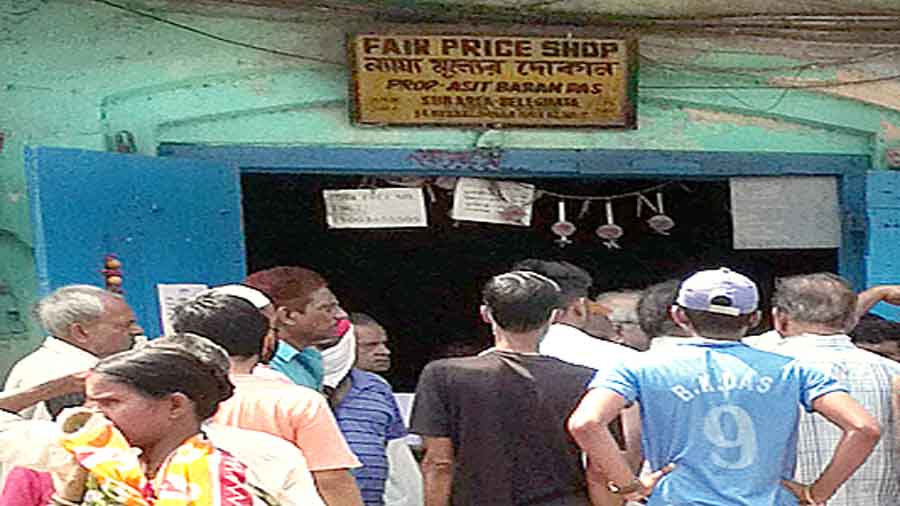Inordinate delays in carrying out the census exercise are depriving millions of Indians who rely on rations for their subsistence. The exclusion of the poorest from the public distribution system in the pre and post-pandemic years was first flagged by the economists, Jean Drèze and Reetika Khera, and later reinforced by the Supreme Court while passing orders on a suo motu petition regarding migrant labourers.
Highlighting an anomaly in the Centre’s estimates two years ago, Drèze and Khera had said that at least a 100 million needy people, entitled to the subsidised staples, are yet to obtain ration cards. Here’s why: while 800 million people were eligible for dry, subsidised rations in 2013, based on 2011 census data, that figure ought to have gone up today commensurate with our population growth. It hasn’t. At present, India has 195 million households with ration cards (nearly 794 million people), lower than the beneficiaries we intended to target in 2013. Within that, the poorest of the poor, entitled to the Antyodaya Anna Yojana, number at 23.4 million, the remaining are priority households. The National Food Security Act entitled 75 per cent of the rural and 50 per cent of the urban population to receive subsidised foodgrains under the targeted public distribution system. At the all-India level, applying the 67 per cent ratio to a projected population of 1,372 million for 2020, PDS coverage today would be 922 million instead of 800 million.
Besides that, the food ministry has, in eight years, annulled some 47 million ghost or duplicate ration cards (170 million people) across the states under the PDS, replacing them with ‘persons who deserve to get subsidised rations’ as part of what it calls the right targeting.
Recently, while disposing of a petition on the miseries of migrant labourers, the Supreme Court directed the Centre to rectify the error to bring more needy people into the NFSA net. It rightly reiterated that the right to food is a fundamental one. If these numbers were updated, it would enable the states to issue new ration cards over time. The Narendra Modi-led regime hasn’t fixed it yet.
Take Jharkhand, for instance. It is among the poorest states where the NFSA was to be a key tool in reducing hunger. But Jharkhand stopped issuing new ration cards years ago to avoid exceeding the numbers provided for by the Central government, leading to a huge pendency of fresh applications for ration cards. In Maharashtra, new ration cards are approved, albeit with a lot of reluctance, and fair price shops usually cut the quota of old beneficiaries to accommodate the new ones.
As this writer found while interacting with a few fair price shop dealers, the rush for the monthly ration quota has gone up since the pandemic. More people drop by for their quota. Newly-enrolled beneficiaries,who have not yet seeded their cards to the online portal, don’t receive their quota. As a result they shell out more to buy their groceries from private retail shops.
In private shops, a food basket today costs a wee bit higher than it did, say, 10 years ago. Even today, food accounts for a large part of the total monthly budget of an average Indian, although its share has been declining over time and, as per the National Sample Survey 2011, it is still almost 50 per cent of the monthly per capita expenditure. However, the low expenditure classes, the bottom 30 percent, spend more than 60 per cent of their monthly expenditure on food.










